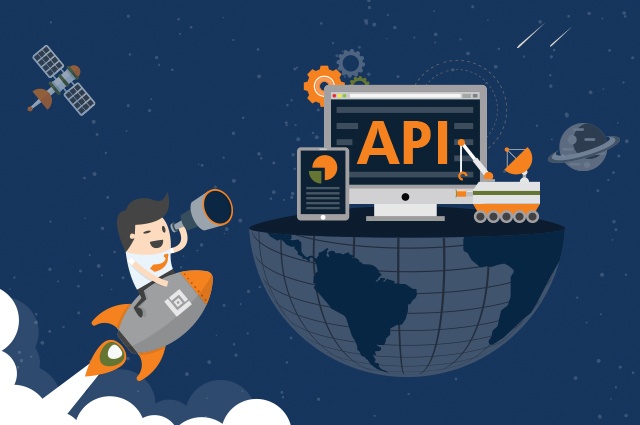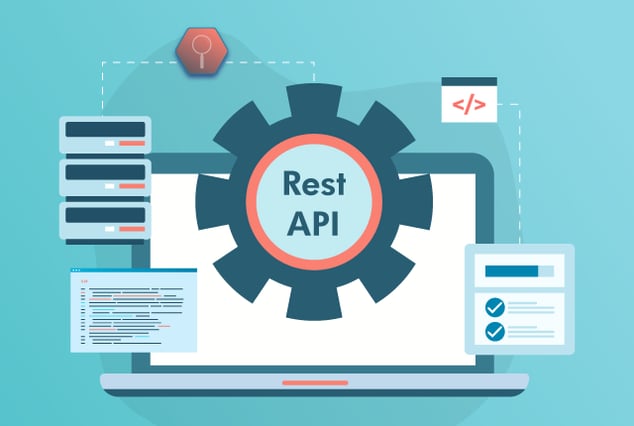
APIs have become an essential foundation to drive modern applications. Mobile apps now use standard interfaces to integrate with back-end systems and IoT devices talk to each other as well as third-party applications - all through APIs.
Software product companies now offer APIs via customizable interfaces, often referred to as the API economy. If you crave quality and speed, you’re not alone. This is one of the reasons that Automated API testing is a must and your conduit to quickly achieving a high-quality product with an exceptional user experience.
Faster bug fixes mean faster time to market – it's not rocket science. But first you need to test and find those bugs - before your customers do.
You can stay focused on meeting your quality, reliability, and performance standards. How quickly you’ll see the benefits depends on how precisely your Dev and QA team follows the best practices of API testing.
What does it mean for your Dev and QA teams? Automated testing at the API level will enable you to root out the under-performing APIs that may lead to challenges with integration, adoption of a third-party product or service and eventually, a loss of time and money.
We’ve put together the 4 key practices of automated API testing that will enable you to streamline your testing, save time, and release better quality software faster. Let’s see how you can efficiently balance coverage with speed.
-
Run Dry
The “Don’t Repeat Yourself” or the DRY approach eliminates any unwanted redundancy and is highly recommended in creating efficient test cases.
Let’s say you need to test an endpoint for user data. The relational database (which holds the user data) consists of five entries.
In the absence of an “All Users” route, if you need to validate the feedback when each entry is called, you can only access the endpoint data by sending multiple calls for all database entries.
How do you follow the DRY approach here?
The non-DRY approach would look something like creating dedicated requests and assertions for every endpoint user.
This may sound feasible.
However, if the endpoint has 20 entries, you need to create the same test, times 20. With multiple assertions, say 10, you’re looking at 200 individual assertions.
To follow the DRY approach here, you should understand that the schema for all users and the assertions to validate the schema should be homogeneous.
Simply utilize the loop component via tools like Postman and reciprocate over each endpoint.
-
Clear Test Cases and Comprehensive Test Reports
As your product advances in its development life cycle, API automation testing puts it through a plethora of virtual user network and application interactions.
These test cases are the core of the entire testing agenda and you cannot afford to be wrong here.
The more logical the tests, the easier it is for your test engineers to debug the code. You need time and resource allocation when automated test scripts fail to execute.
Document the reasons for test failures, if any, such as flawed frameworks and functionality, and race conditions.
You should test each SUT component for all feasible configurations and highlight the failure test clause in the report.
-
Reduce the Fixed Data Sources
When your product is live, the API endpoints will rely on the output from other APIs. Perform integration testing that calls the first API and makes use of that call to hit the corresponding API.
This ensures you are testing your application on the actual user flows and creating integration tests rather than validating each endpoint in a vacuum.
Automated testing of API endpoints is a critical element for a holistic testing strategy. Validating the interaction among API endpoints puts forward the unforeseen issues in the release.
-
Engage with a Trusted Partner to Save Time and Release Faster
Outsourcing doesn’t mean you on-board an unknown entity and rely merely on your instincts to achieve quality.
The right QA team will provide expertise, best practices and continuity, blending with your in-house team and ensuring a smart, Agile approach.
Digital technologies enable you and your QA partner to communicate in real-time and maintain a consistent contact cadence. The communication component matters as much outside the automated API test process as it does within.
Outsourcing QA to augment your team for North American companies presents a cost and time savings and the ability to work with a reliable and very experienced team of engineers.
QASource has offered comprehensive engineering and QA services across various industries, ranging from financial, health, legal and more. You gain portable and extendable test automation suites, complete with repeatable automated test scripts that offer an efficient mix of coverage and speed.
Agile is a staple for product companies striving to hit the market with an impeccable product in minimum time and expense.
The sooner you find the bugs, the earlier your Dev team will know what’s breaking the deployment and can make the necessary tweaks.
Connect with QASource’s team of API testing engineers who will assist you with comprehensive test-driven deployments – contact us today to learn more and get a free quote.


